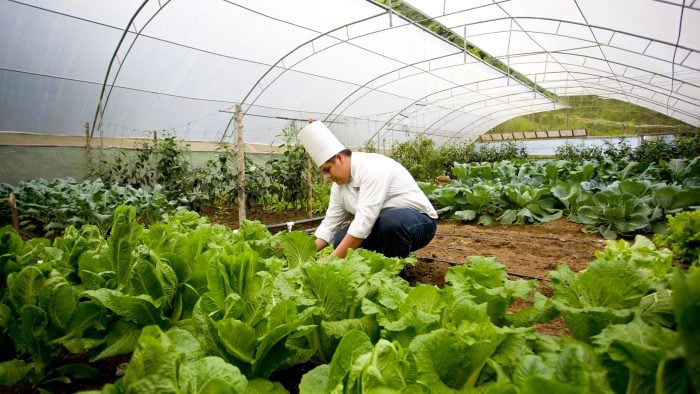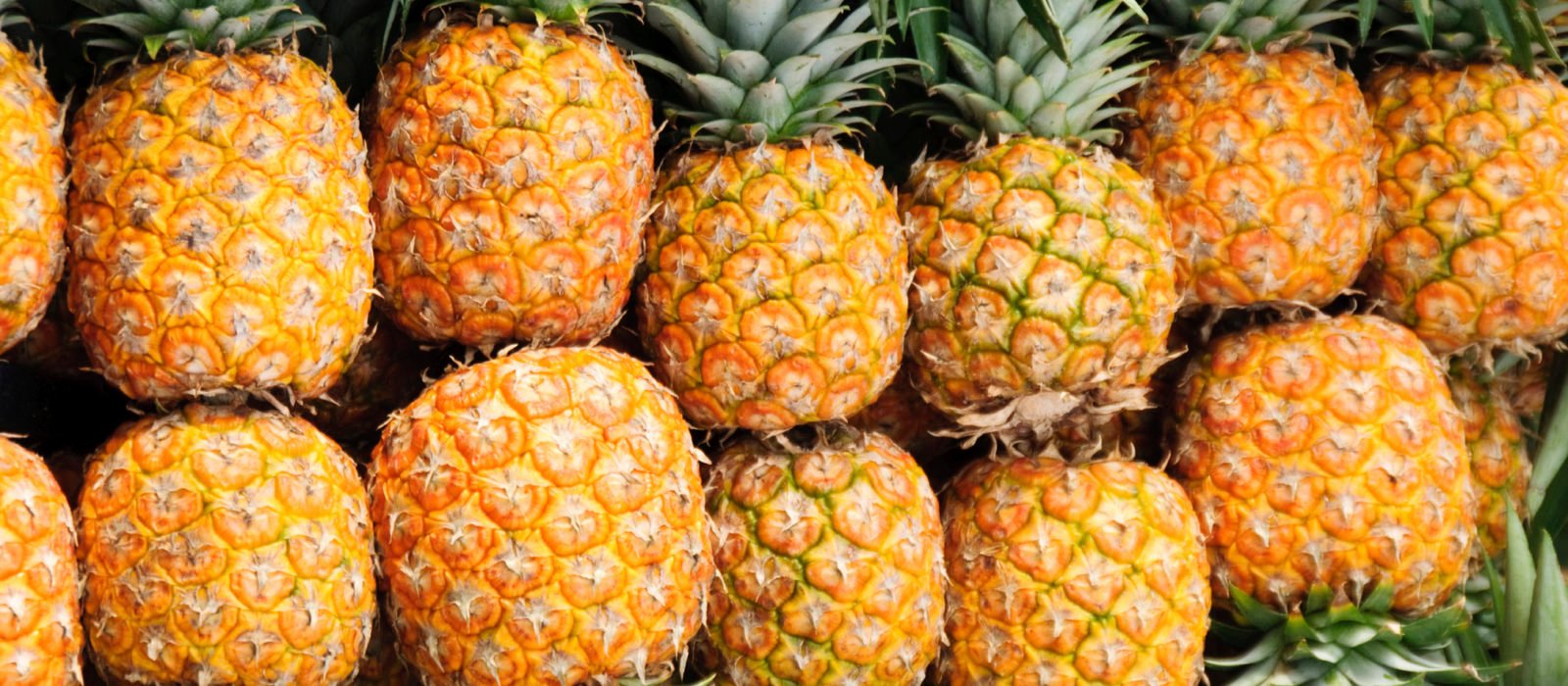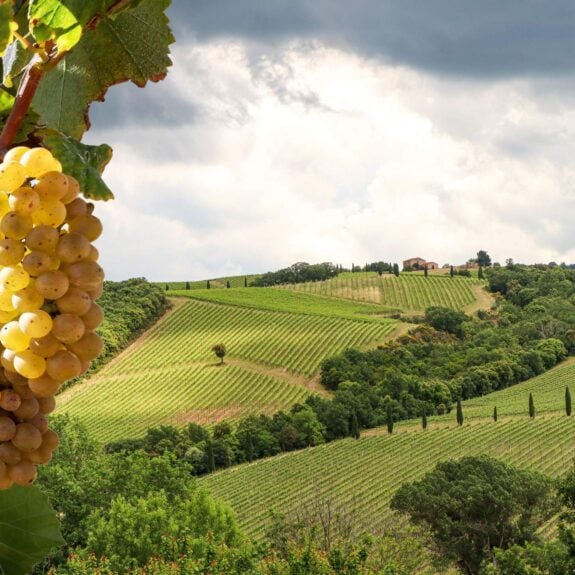Published on: September 16th, 2014
Last updated: January 21st, 2021
What better way to learn about Costa Rican food than to ask a top Costa Rican chef?
Carlos Andrés Meléndez tells us what makes Costa Rica an exciting culinary destination, from its Caribbean flavours to the taste of the highlands.
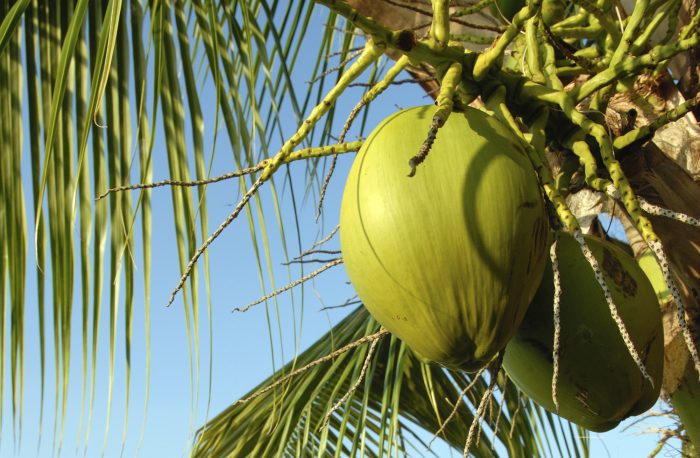
Food of the nation
‘Costa Rica is privileged to have an abundance of produce, with culinary creativity that traces back to our grandmothers and their wood stoves; the dishes of our childhood have evolved but still remain true to their roots. In Costa Rica there are many microclimates too, so dishes highlight these ingredients, with a tropical climate that guarantees year-long availability of fruit. Coastal areas have seafood, rice, fruit and tubers, but the central valley’s highlands stand out for coffee, trout, dairy, high altitude blackberries, strawberries and figs, as well as a European influence. In the north Pacific region you can find sugarcane, watermelon, corn, beef and veal, while the central and south Pacific regions have African palm and rice. Clay ovens built from tree branches, mud and cow dung are used to bake corn-based bread and meat in rural areas.’
‘Cultural influences spring mainly from the Indigenous and Spanish, but other influences stand out in individual regions. The Limon and Caribbean region is influenced by African culture, the northern Pacific region has aboriginal Chorotega legacies, and the south Pacific’s greatest influence is native Brunca. There are many dishes, like olla de carne [beef stew], that reflect the historical culinary influences. One that prevails to this day is the native influence that’s given us such a distinctly flavourful and interesting cuisine. My favourite is the Caribbean region; the use of coconut is essential, with the colourful African influence of bold spices and hot peppers.’
Costa Rica’s national dish
‘Gallo Pinto [Spotted Rooster], a dish of rice and beans, is Costa Rica’s most traditional household meal. A popular local expression even states that nothing is more Tico [Costa Rican] than Gallo Pinto. In Guanacaste the dish is cooked with lard and pork rind, in San José it’s prepared with butter and Salsa Lizano – reminiscent of Worcestershire Sauce – while the province of Limon uses Panamanian chillies, ginger, and coconut milk. In the Central Valley Gallo Pinto is prepared by tossing cooked beans, onion, sweet pepper, garlic and yesterday’s rice in traditional seasoning.’
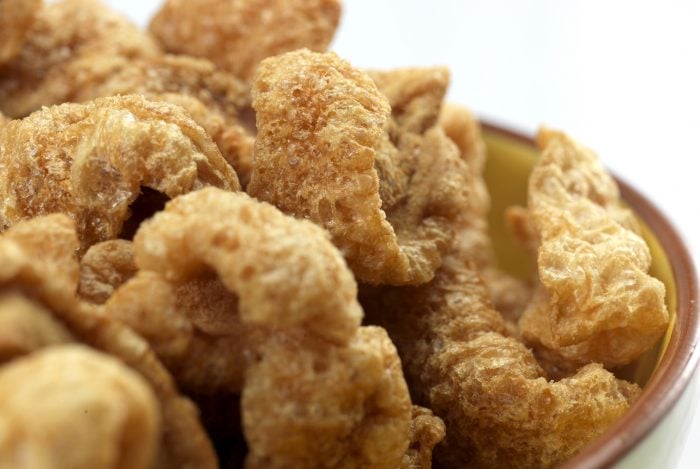
Three Costa Rican dishes to try
CHICHARRONES: ‘Chicharrones is one of the most enthusiastically embraced Tico dishes. These are chunks of meaty pork ribs, fried to a crisp, then served with lime and soft corn tortillas.’
TAMALES: ‘Tamales are traditionally eaten in December. Derived from pre-Columbian times, tamales are corn dough filled with select ingredients, like pork or chicken, wrapped in banana leaves and boiled in a clay pot over a wood stove.’
RONDON: ‘The Rondon is a delicious Caribbean fisherman’s soup, consisting of fish head broth, coconut milk and locally grown tubers, using the catch of the day such as fish, lobster or crab, and seasoned with Panamanian chillies and thyme. It is perhaps the most distinctive dish of Costa Rica’s Caribbean coast.’
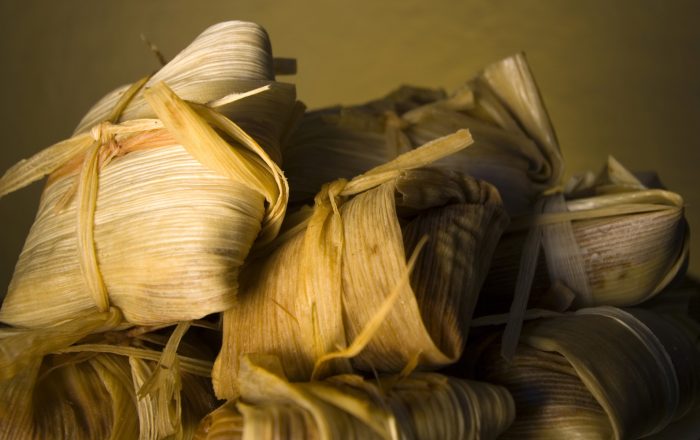
What to drink in Costa Rica
‘Try the seasonal fresh fruit drinks made with mango, lulo, berries, guanábana, guava or tamarind. Horchata, resbaladera and pinolillo are milk-based drinks that every visitor should try, and there’s a variety of fermented drinks using sugar cane and spices.’
Authentically local dining experience
‘County fairs present the best of regional produce and showcase the creativity of local chefs. My favourites include the peach palm fair in Tucurrique, the tropical fruit fair in Orotina and the cheese fair in Turrialba. Another tip is to visit the central markets, and traditional celebrations where food kiosks offer folk favourites. Beyond street food, I’d recommend dining in a local home for a real grasp of local taste.’
Fresh, local ingredients are the centrepiece of any Costa Rican meal with menus changing seasonally and even daily. Many restaurants and ecolodges pick their ingredients straight from their own gardens or farms.
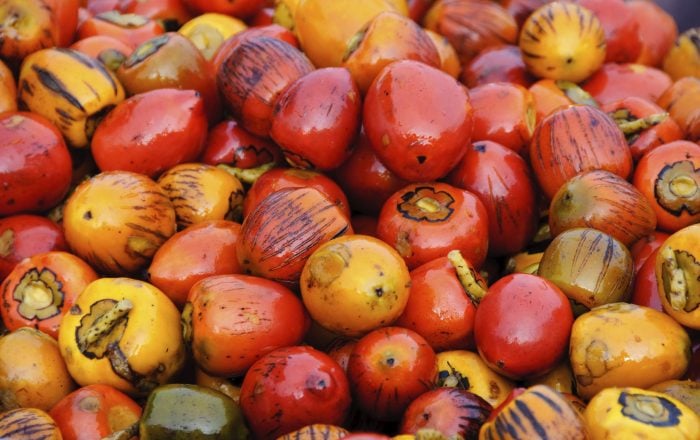
Costa Rican food trends
‘Younger chefs are re-imagining home-style dishes for healthy eating, with a focus on local organic farming and sustainability; quality and a commitment to the environment are key, while the tropical flavours are heightened through new cooking techniques.’
Ask your travel designer about the best foodie options for your trip.
